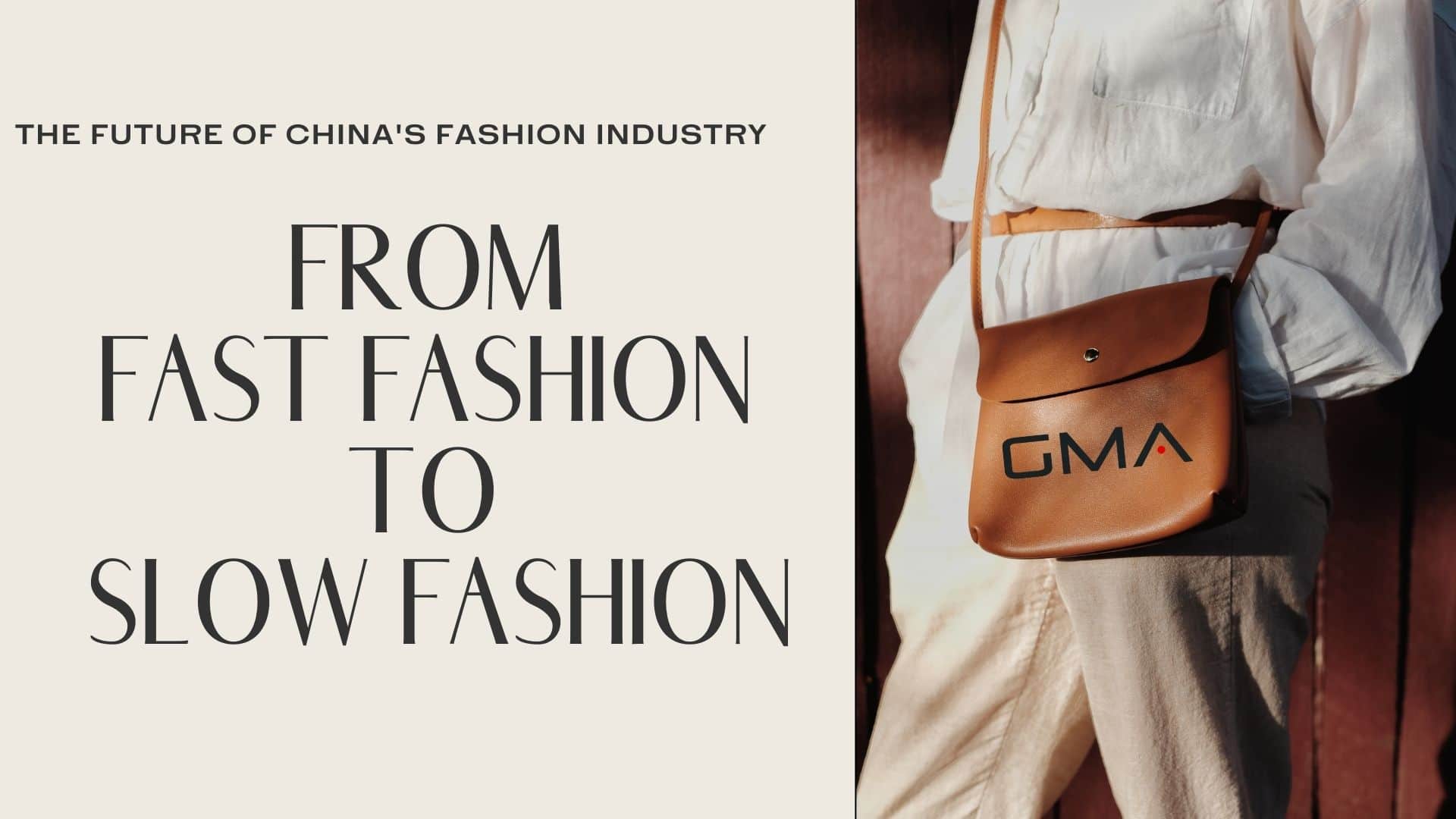The fashion industry in China is rapidly evolving, and it’s important for businesses selling products in the country to stay ahead of the trends. Currently, China’s fast fashion industry follows global trends of overproduction and waste – a cause for concern among environmentally conscious consumers. However, there is hope for sustainable development as we see a rise in slow fashion movements and eco-friendly brands.
In this blog post, we’ll explore the challenges faced by China’s fashion industry and the future trends that are shaping its direction. By understanding these changes, your business can adapt to cater to changing consumer preferences and make an impact on both society and the environment.
Current State Of China’s Fashion Industry
In recent years, China’s fashion industry has been undergoing a significant transformation as it moves away from fast fashion to embrace the slow fashion movement. This shift is in response to increasing consumer demand for sustainable and ethical practices within the sector. Particularly Gen Z shoppers are driving this change.
As part of this evolution towards slow fashion in China, designers are focusing more on using sustainable materials and embracing ethical manufacturing processes. By making durability central to their clothing designs rather than prioritizing low-cost production methods. These labels hope to cater to increasingly discerning Chinese consumers who value quality over quantity.
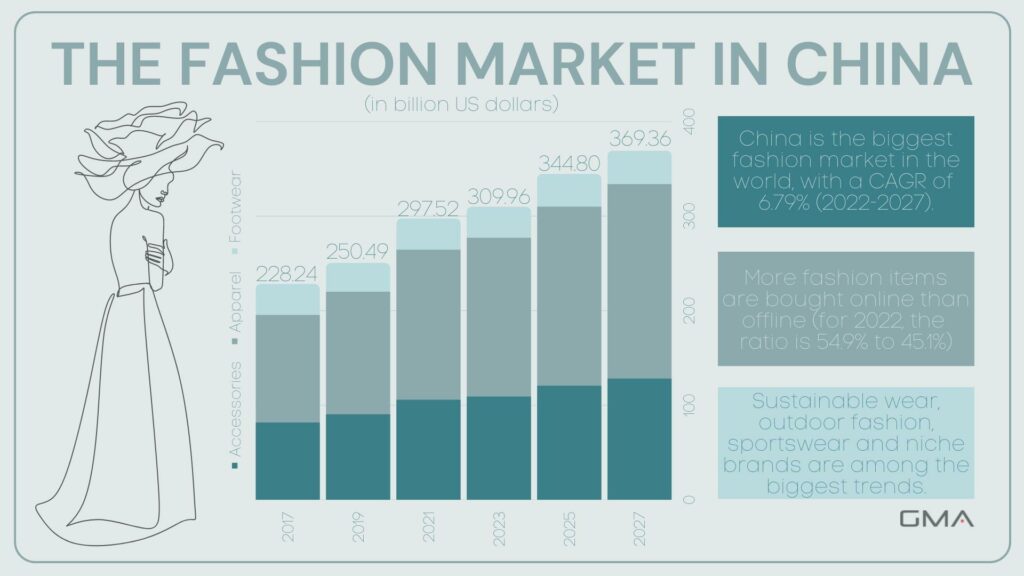
China has become synonymous with fast fashion. The rapid expansion of domestic brands like Shein, which leverages its strong relationships with Chinese garment factories and manufacturers, has contributed to this booming industry. The appeal of low-cost, trendy clothing produced at breakneck speeds cannot be understated; however, it comes at a significant cost.
Fast fashion‘s immense impact on our planet can no longer be ignored—nor can China’s ongoing transformation as it transitions from being “the world’s factory” to an increasingly influential consumer powerhouse.
Challenges Faced By The Fast Fashion Industry
The fast fashion industry faces a range of challenges that threaten its sustainability and ethical practices. One major issue is overproduction, which leads to excessive waste and high levels of pollution.
The industry’s supply chain involves exploitative labor practices, which harm workers and violate human rights. Additionally, fast fashion contributes significantly to climate change through its environmental impact and damage to animal welfare.
The need for sustainable practices, circular economies, and ethical standards has become increasingly urgent as consumers demand more transparency from brands.
Rise Of The Slow Fashion Movement In China
The Chinese fashion industry is following global trends, and the slow fashion trend is all about creating clothing that’s high-quality, ethical, and eco-friendly, focusing on longevity over disposable fashion. It’s a response to the negative impact of fast fashion, which leads to overproduction and waste.
Quality over quantity is becoming increasingly important to Chinese consumers. Brands that emphasize longevity and durability are likely to thrive moving forward.
That’s why understanding local consumer preferences and adapting strategies accordingly will be essential for businesses that looking to sell products in China’s changing fashion landscape.

Future Trends In China’s Fashion Industry
Increasing Consumer Demand For Sustainable And Ethical Fashion
As China’s middle class continues to grow, so does the demand for sustainable and ethical fashion. More consumers are aware of the environmental impact of fast fashion and are seeking alternatives that promote eco-friendliness, fair labor practices, and quality over quantity.
55% of Chinese consumers purchased products from sustainable brands in 2020. This trend is expected to continue as younger generations become increasingly conscious about their consumption habits.
Emphasis On Quality Over Quantity
As consumers become more aware of sustainable and ethical practices, they are looking for clothing that lasts longer and has a smaller environmental impact.
A good example of a brand that emphasizes quality over quantity is H&M’s sister brand COS. The Swedish retailer’s minimalist aesthetic and focus on high-quality materials have resonated with Chinese consumers seeking more sophisticated fashion options.
Another trendsetter is New York-based designer Alexander Wang who has partnered with Uniqlo’s premium line, Uniqlo U, to create seasonless collections featuring elevated basics made from high-quality materials like merino wool and cashmere blends.
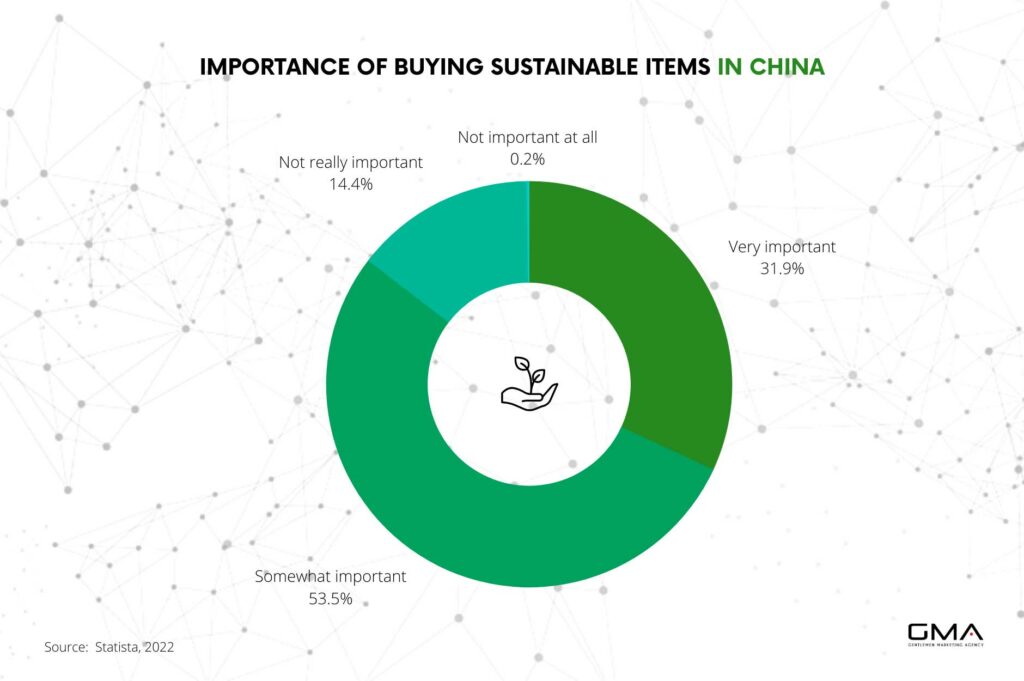
Adoption Of Technology In The Fashion Industry
The integration of AI and AR technology is transforming shopping experiences for consumers and increasing efficiency for businesses.
Innovations such as virtual try-on features allow customers to see how clothing looks on them without physically trying it on, reducing the number of returns and increasing customer satisfaction.
Fashion companies in China are also exploring new technologies such as Metaverse. This is an immersive 3D online environment where users can interact with each other through avatars. This offers opportunities for brands to increase engagement with customers in a unique way.
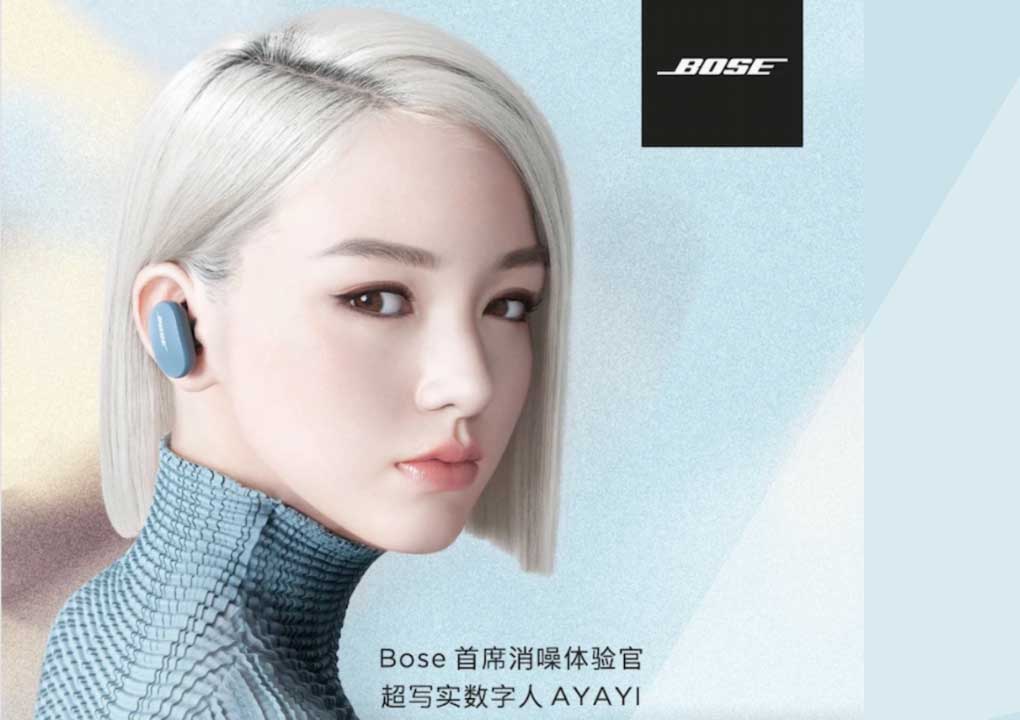
Opportunities For Businesses Selling In China
- Sustainable and ethical practices in the fashion industry are important for businesses selling in China
- Patagonia is an example of a company leading the way in sustainable practices and gaining a loyal following in China
- These practices can create positive social outcomes by supporting fair labor practices and better livelihoods for workers
- Innovative business models, such as slow fashion and implementing environmentally conscious practices, are being adopted in China’s fashion industry
- Understanding and adapting to cultural differences in China is essential for businesses selling products in the fashion industry
- Sustainability is gaining traction in China among young, urban, and environmentally-conscious consumers
- Localization of branding strategies can help navigate challenges effectively

Challenges For Businesses Selling In China
Businesses selling in this market face increasing competition from local brands. These brands have a deep understanding of the domestic market, which gives them an advantage over international companies that may struggle to navigate the cultural and regulatory landscape of China.
It is also important for companies to understand and adapt to changing consumer preferences toward sustainable and ethical fashion practices. Regulations surrounding fashion in China differ from those in other countries. Attention should be given to complying with environmental policies as China takes textile waste and pollution seriously.
It’s essential to stay ahead of the curve and understand cultural differences when operating in this diverse market.
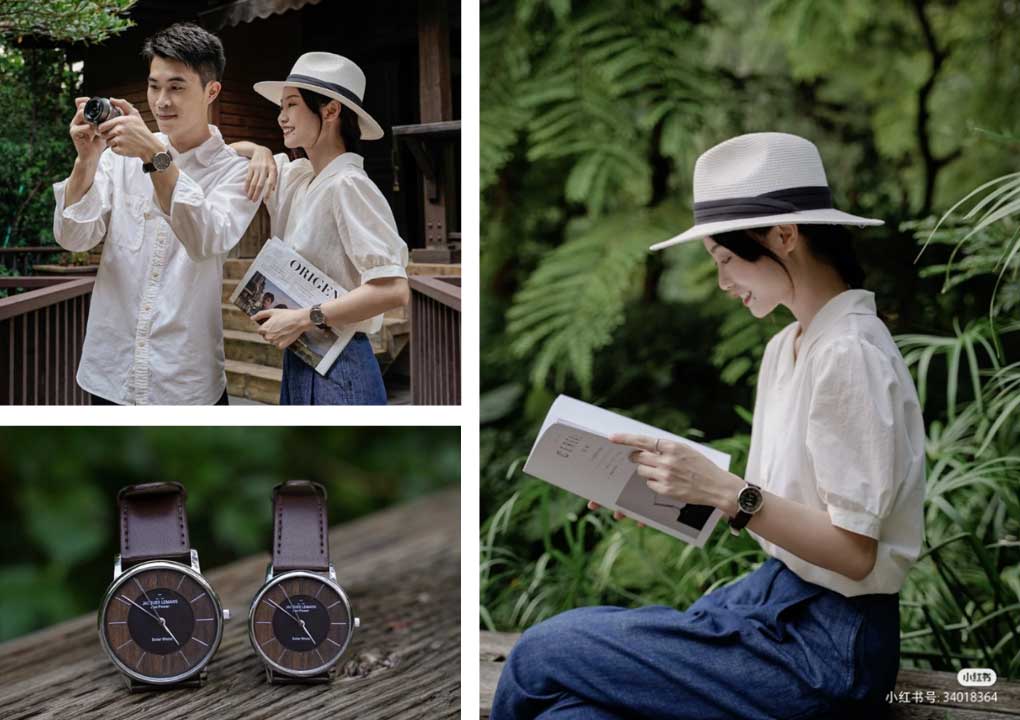
Strategies For Businesses Selling In China’s Fashion Industry
Importance Of Building Strong Relationships With Local Partners
In China’s fashion industry, building strong relationships with local partners is crucial for success. This includes partnerships with manufacturers, suppliers, distributors, and retailers. Local partners can help businesses navigate the complex market and understand cultural differences.
For example, when H&M launched its conscious collection in China, it partnered with local organizations to promote sustainable fashion awareness among Chinese consumers.
If you need any help, feel free to contact us! Building strong relationships helps businesses establish credibility in the market while enhancing their ability to cater to local needs and preferences.
Emphasis On Localization Of Branding And Marketing Strategies
It’s essential to understand the unique cultural nuances of Chinese consumers and tailor your messaging accordingly. For example, using local influencers in promotional campaigns can be highly effective as they have a deep understanding of their audience.
Another way brands are emphasizing localization is by setting up physical locations in China. This approach has proven successful for luxury brands such as Chanel and Louis Vuitton which offer exclusive products to Chinese customers who appreciate these high-end experiences first-hand.
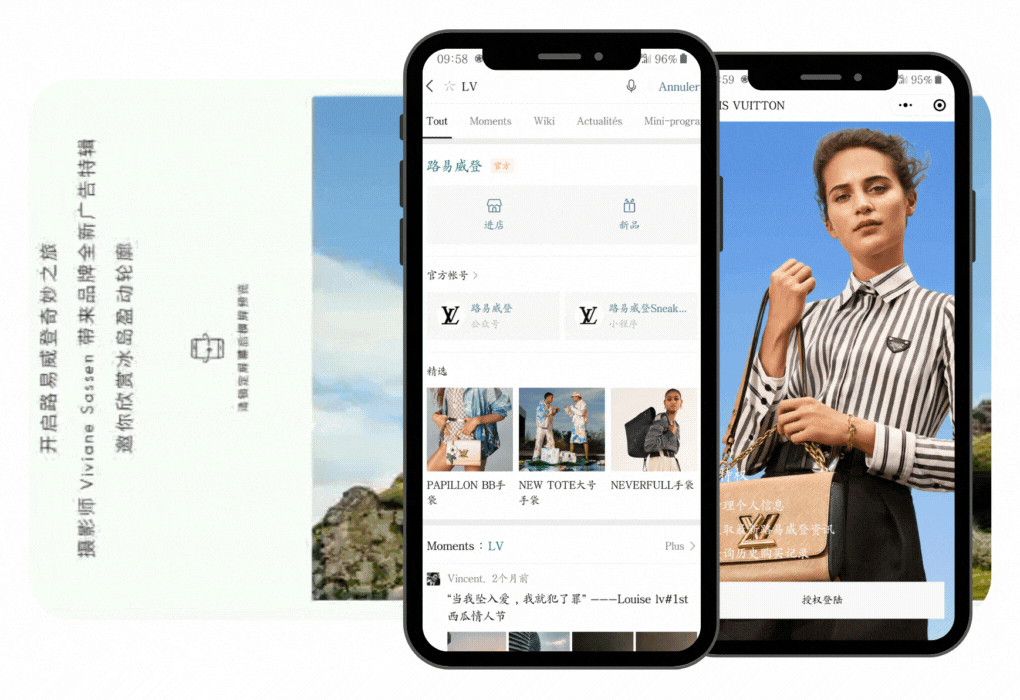
Leveraging Digital Platforms And Social Media For Marketing And Sales
Social media plays a significant role in connecting with consumers, driving sales, and reaching a wider audience. Brands like Uniqlo and Guerlain have recognized this shift towards digital marketing as their leading market in China’s fashion industry.
Additionally, sustainable fashion brands can use online social channels to promote their products’ ethical value propositions to the growing consumer interest in sustainability. Understanding how different social networks work empowers businesses with an appropriate approach when creating content that appeals to target audiences on each platform.
While WeChat is an all-in-one app used for messaging, payments, and news update feeds during a commute or waiting time within many other services; Douyin (TikTok) solely focuses on short-form video entertainment; these differences should significantly impact content creation strategies across various Chinese platforms specific for each network’s users habits and preferred content types.
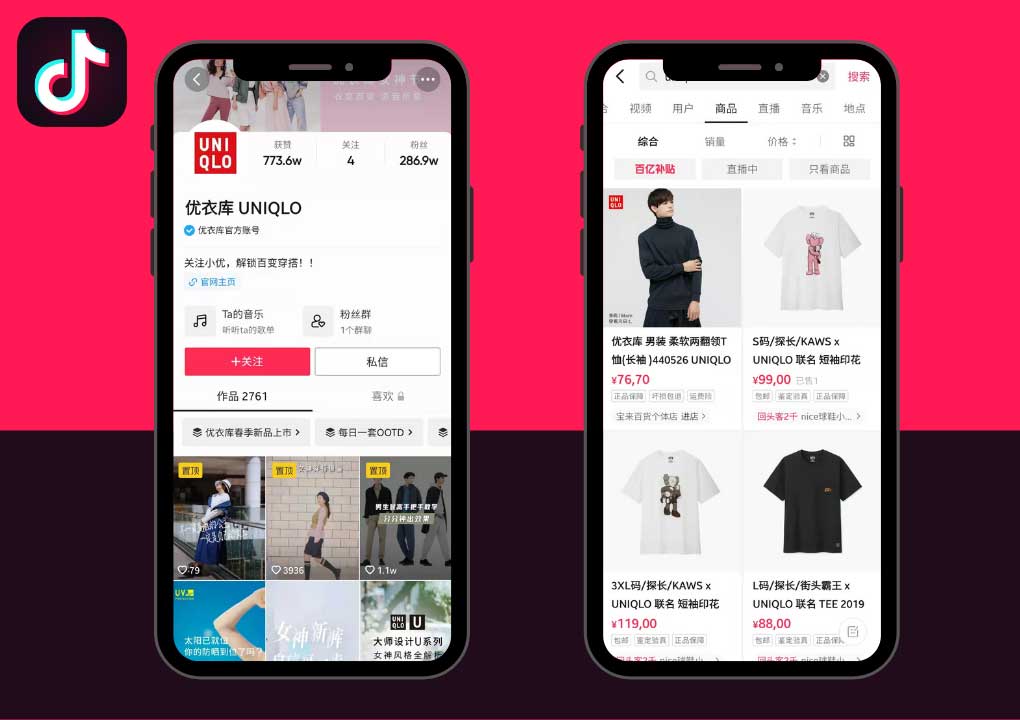
Digitalization, AI, Metaverse
The metaverse represents another exciting opportunity for fashion brands to engage with consumers in new ways. Virtual showrooms, interactive shopping experiences, and even virtual influencers are all part of this emerging landscape.
Key Takeaways on the Future of China’s Fashion Industry
- China’s fashion industry is shifting away from fast fashion towards more sustainable and ethical practices in response to increasing consumer demand.
- Emphasizing quality over quantity will be crucial for businesses looking to succeed in China’s evolving fashion market.
- Technology, such as AI and metaverse, is playing an ever-growing role in shaping the future of China’s fashion industry, offering unique opportunities for digital engagement with consumers.
- By prioritizing sustainability and ethics, businesses can gain a competitive advantage while addressing growing environmental concerns among Chinese consumers.
Work On Your Sales in China with Gentlemen Marketing Agency
China’s fast fashion industry dominates the market, following global textile trends with overproduction and wasteful practices. However, there is growing interest in sustainable and ethical practices among environmentally-conscious urban youth in China.
Looking ahead, it’s clear that sustainability will continue to shape the future of China’s fashion industry. In addition to consumer demand for sustainability, technology is also expected to play a significant role in shaping the industry’s future.
Businesses selling products within this exciting yet complex marketplace must remain flexible enough both culturally and commercially if they wish to succeed amidst shifting tastes, which can vary by region. Meanwhile keeping up with regulatory changes – like environmental standards or copyright laws – is a must, without disrupting production pipelines domestically or internationally.
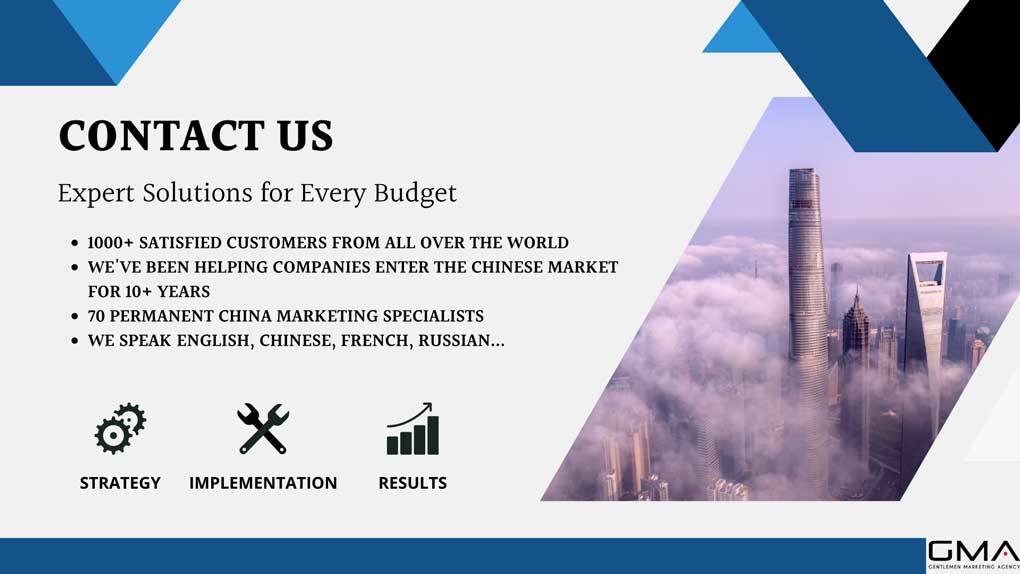
Partnering with our GMA agency can be highly beneficial for your fashion business. With over 20 years of experience in this field, we can provide you with valuable insights and assistance in navigating through China’s complex regulations and any other challenges you may face in the market.
Our expertise can help you identify opportunities to leverage effective strategies to establish a successful presence in the Chinese fashion industry. By working with us, you will be able to tap into our network of resources and contacts to ensure a smooth entry and expansion into the Chinese market.
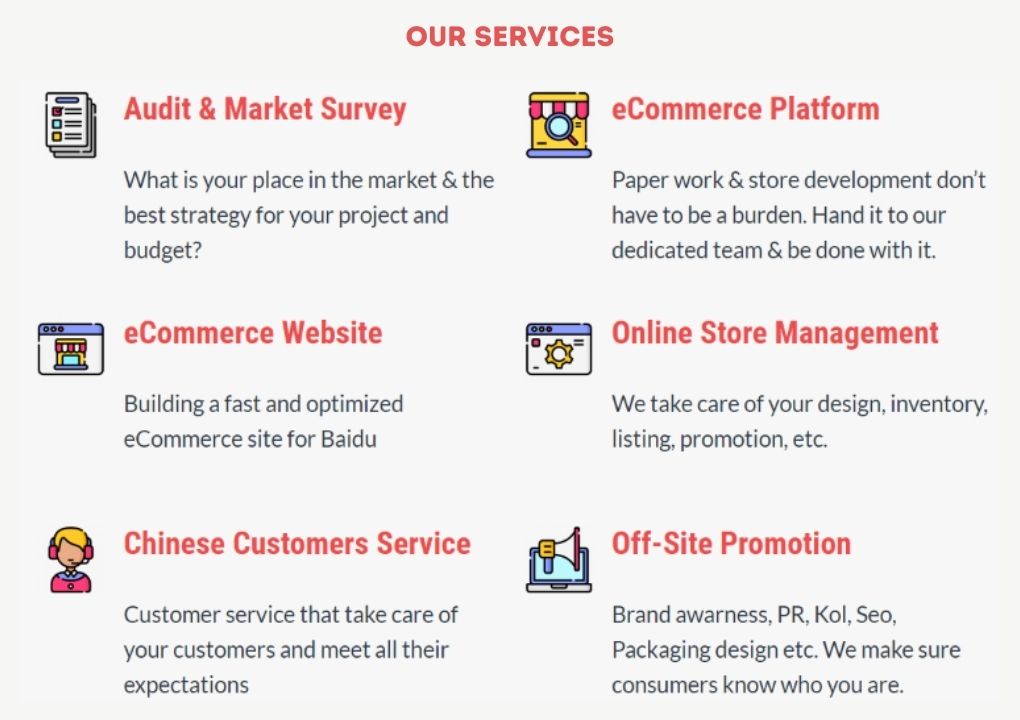
If you are a foreign business looking to expand your market in China, do not hesitate to contact us. Our team of experts is well-equipped to provide you with tailored solutions to meet your specific needs and help you achieve your business goals in China’s rapidly evolving fashion industry.


